Growing Coffee Consumption
The Oceania Coffee Market is experiencing a notable increase in coffee consumption, driven by changing consumer preferences and lifestyle choices. Recent data indicates that coffee consumption in Australia and New Zealand has risen by approximately 3% annually, reflecting a growing appreciation for coffee culture. This trend is particularly evident among younger demographics, who are increasingly seeking premium and specialty coffee options. The rise in coffee consumption is also supported by the proliferation of artisanal coffee shops and cafes, which cater to the evolving tastes of consumers. As the demand for high-quality coffee continues to grow, the Oceania Coffee Market is likely to expand, presenting opportunities for both established brands and new entrants to capture market share.
Cultural Influence of Coffee
The cultural significance of coffee in Oceania is a compelling driver for the market, as coffee consumption is deeply embedded in social interactions and daily routines. The rise of coffee culture has led to an increase in social gatherings centered around coffee, with cafes serving as community hubs. This cultural appreciation for coffee is reflected in the growing number of coffee festivals and events across the region, celebrating local roasters and coffee artisans. As the cultural influence of coffee continues to thrive, the Oceania Coffee Market is likely to benefit from heightened consumer engagement and loyalty, further solidifying coffee's role in the social fabric of the region.
Innovation in Coffee Products
Innovation plays a crucial role in the Oceania Coffee Market, as companies strive to differentiate their offerings in a competitive landscape. The introduction of new coffee blends, brewing methods, and ready-to-drink coffee products has captured consumer interest. For instance, cold brew coffee has gained popularity, with sales increasing by over 20% in the past year. Additionally, the rise of plant-based milk alternatives has prompted coffee shops to adapt their menus, catering to health-conscious consumers. This focus on innovation not only enhances the consumer experience but also drives growth within the Oceania Coffee Market, as brands seek to meet the diverse preferences of their clientele.
Expansion of Coffee Retail Channels
The expansion of retail channels is significantly impacting the Oceania Coffee Market, as consumers increasingly seek convenience in their coffee purchasing experiences. The rise of e-commerce platforms and subscription services has transformed how consumers access coffee products. Recent statistics show that online coffee sales have surged by 25% in the last year, indicating a shift towards digital shopping. Additionally, traditional retail outlets are adapting by enhancing their coffee offerings and creating dedicated coffee sections. This diversification of retail channels not only meets consumer demand for convenience but also fosters competition within the Oceania Coffee Market, encouraging brands to innovate and improve their product offerings.
Sustainability and Ethical Sourcing
Sustainability has emerged as a pivotal driver in the Oceania Coffee Market, with consumers increasingly prioritizing ethically sourced products. The demand for sustainably produced coffee is reflected in the growing popularity of certifications such as Fair Trade and Rainforest Alliance. Recent surveys indicate that over 60% of consumers in Australia prefer coffee brands that demonstrate a commitment to environmental and social responsibility. This shift towards sustainability is influencing purchasing decisions, prompting coffee companies to adopt more transparent supply chains and environmentally friendly practices. As a result, the Oceania Coffee Market is likely to witness a continued emphasis on sustainability, shaping the future of coffee consumption.


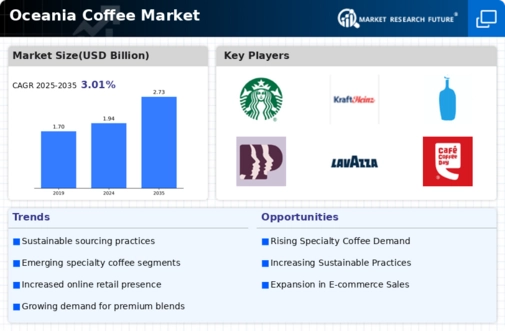
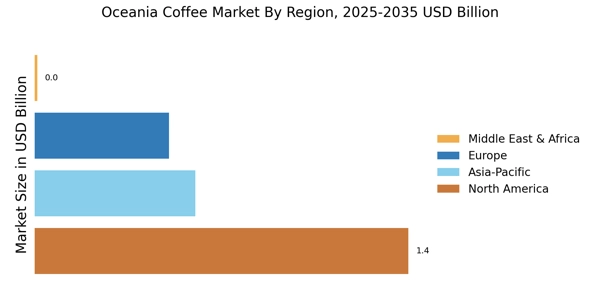

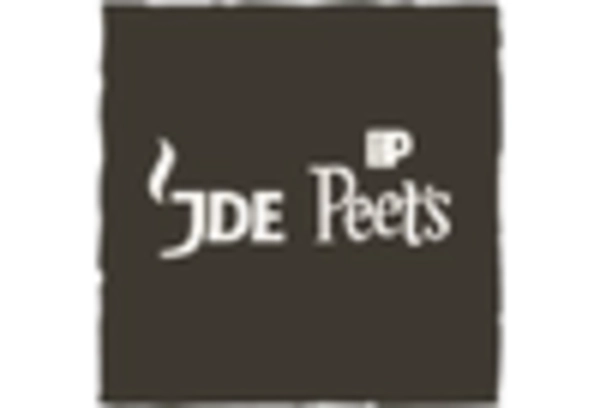
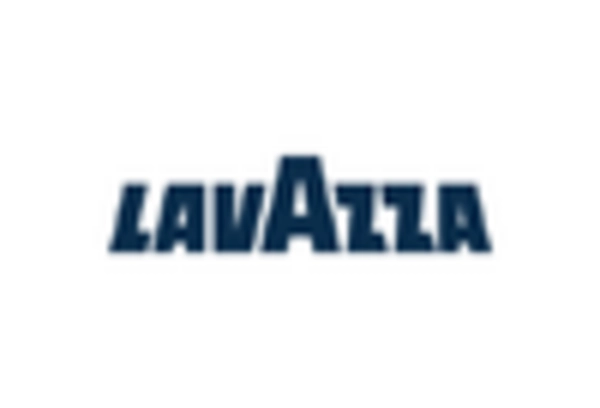

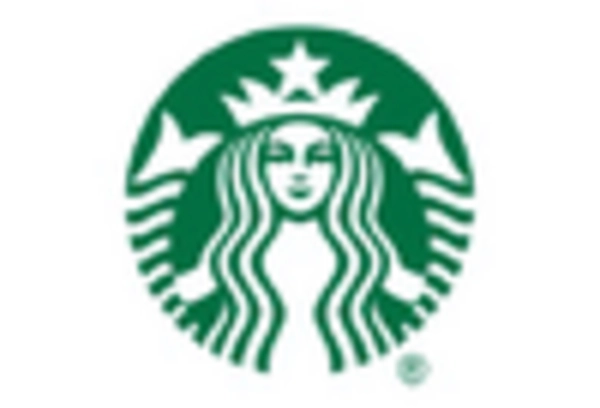
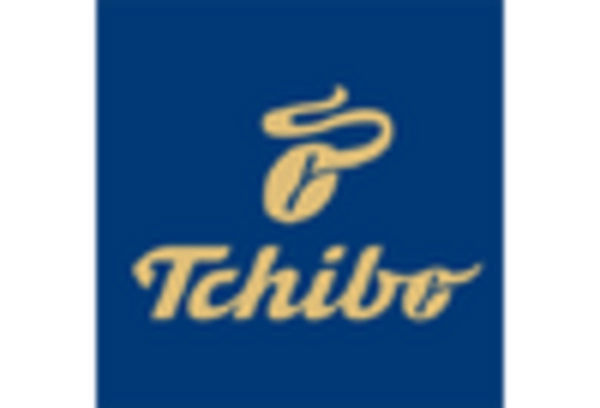








Leave a Comment